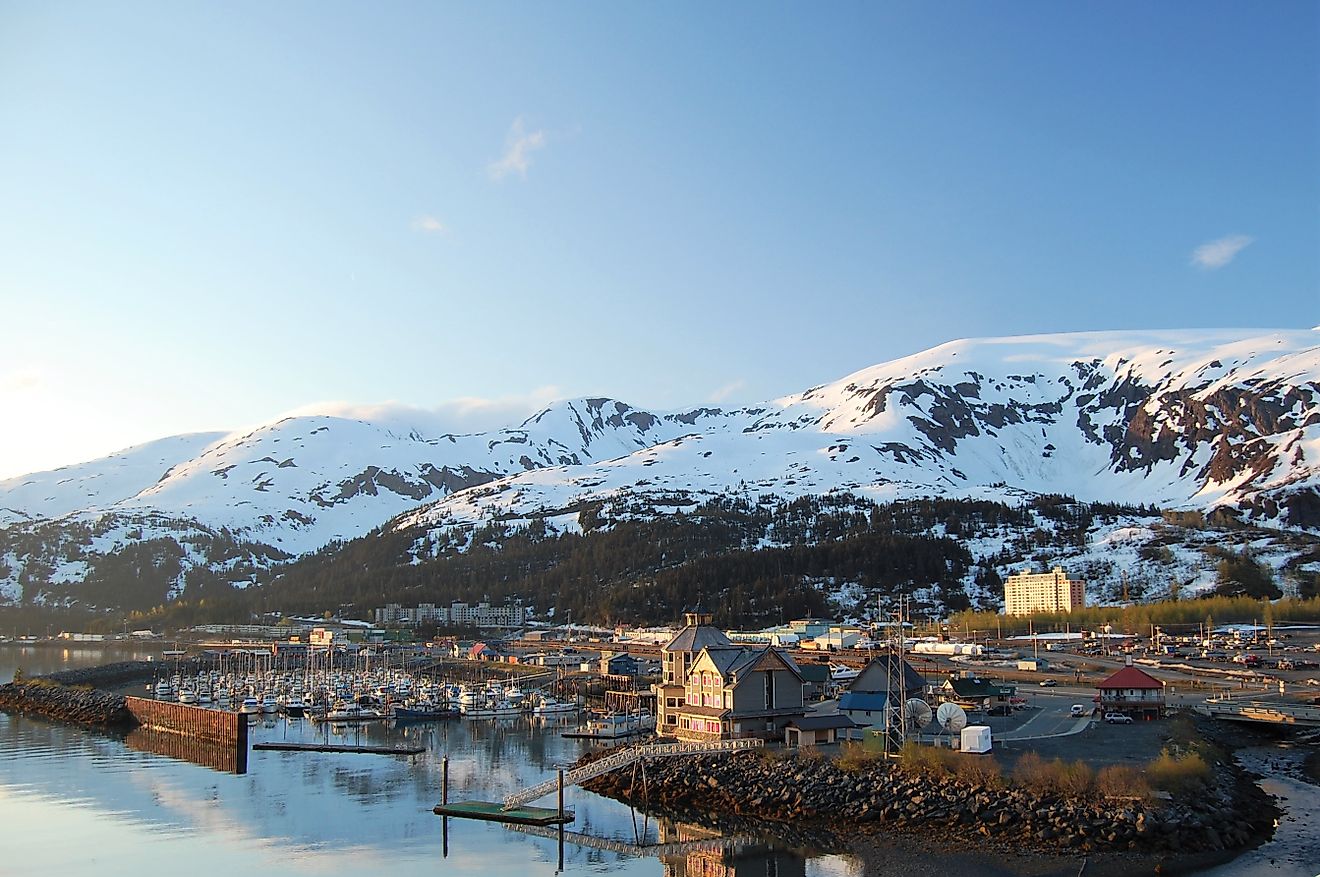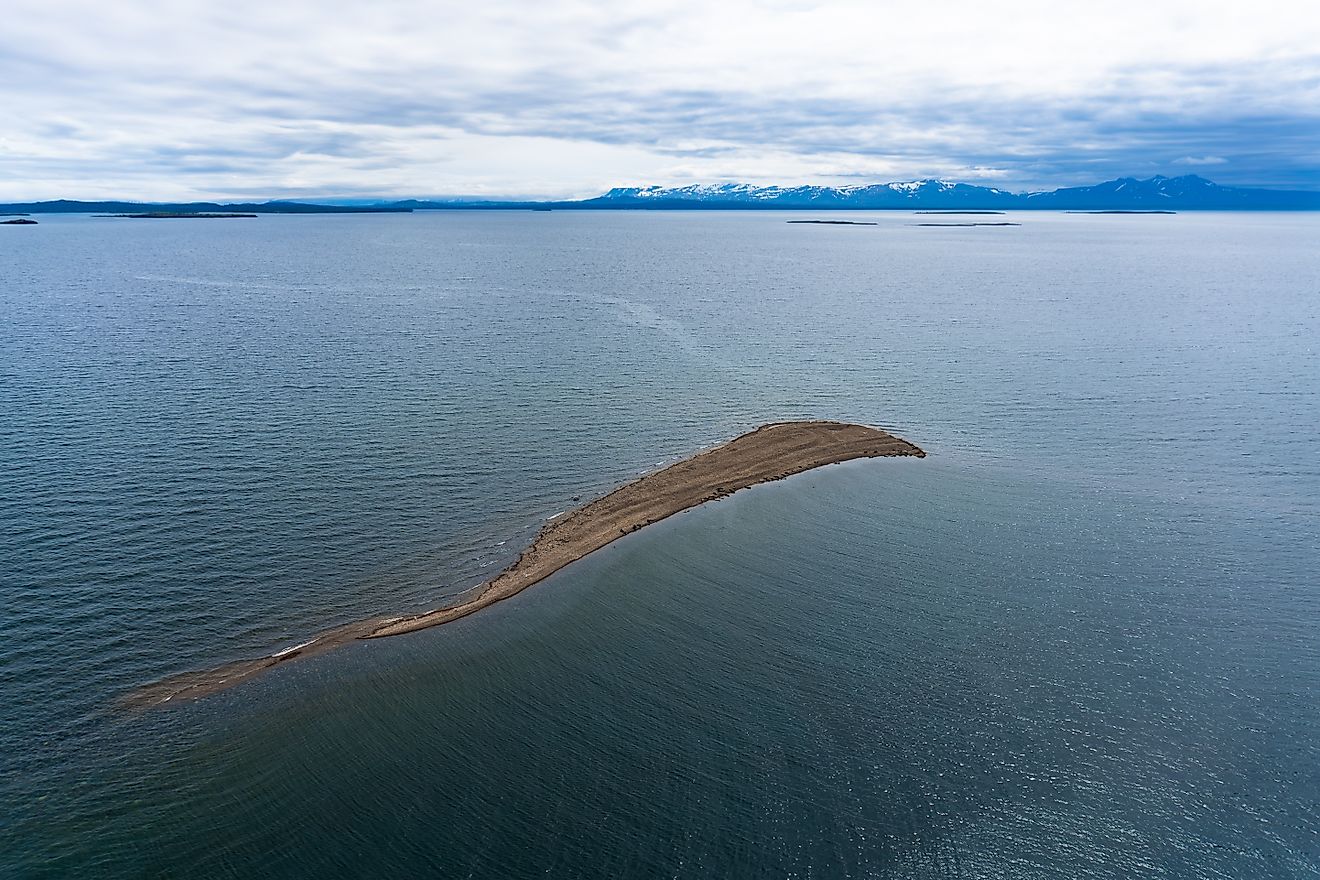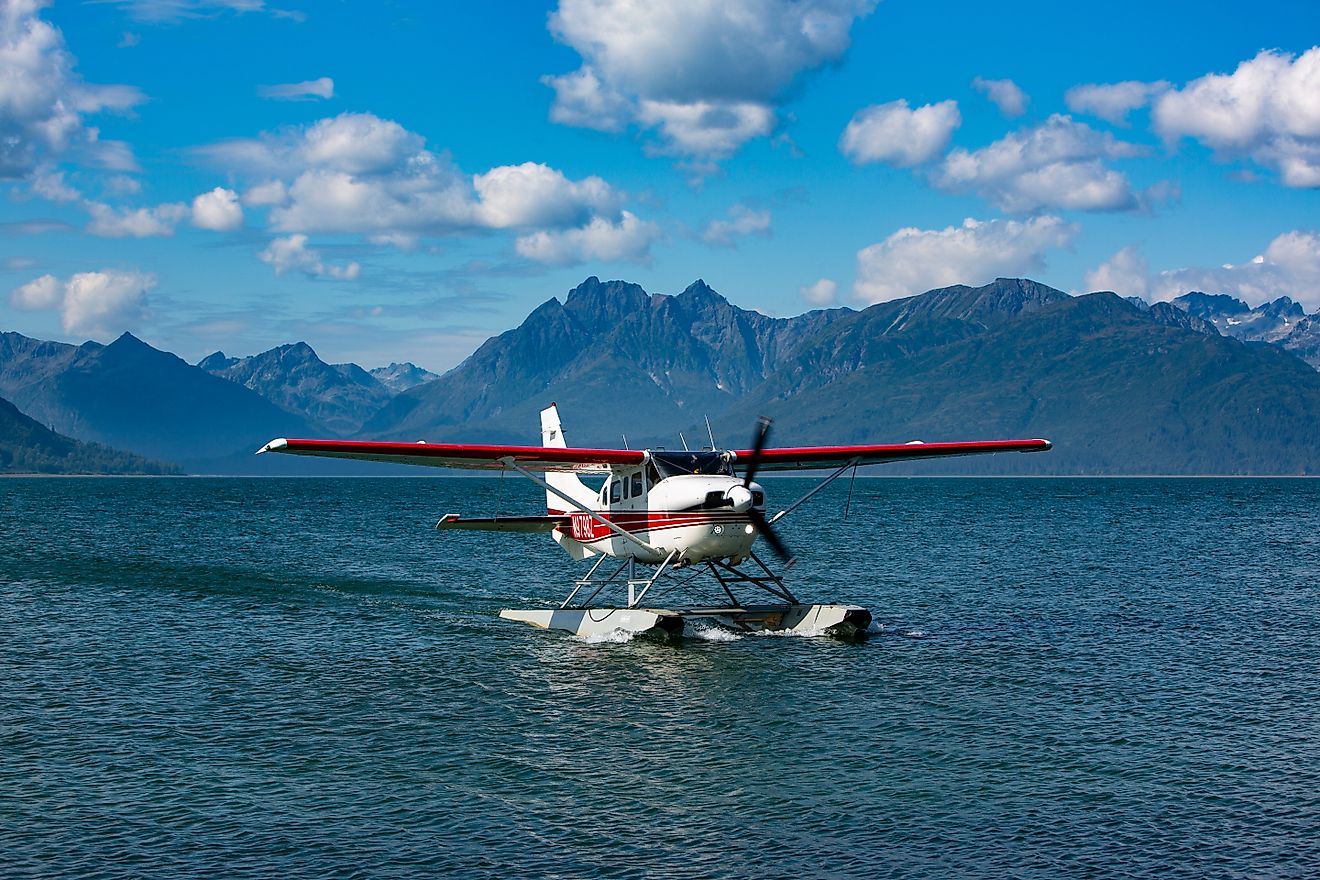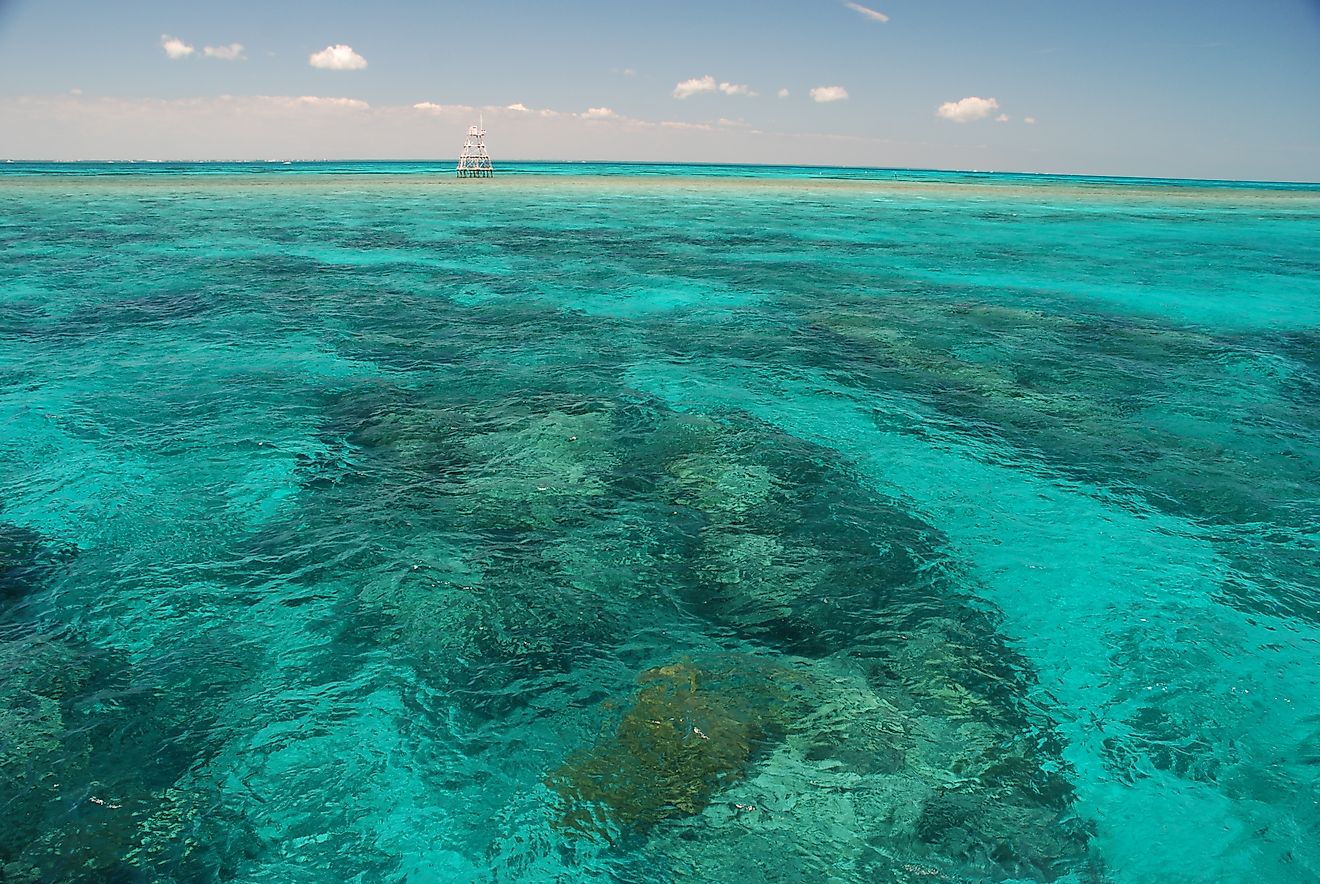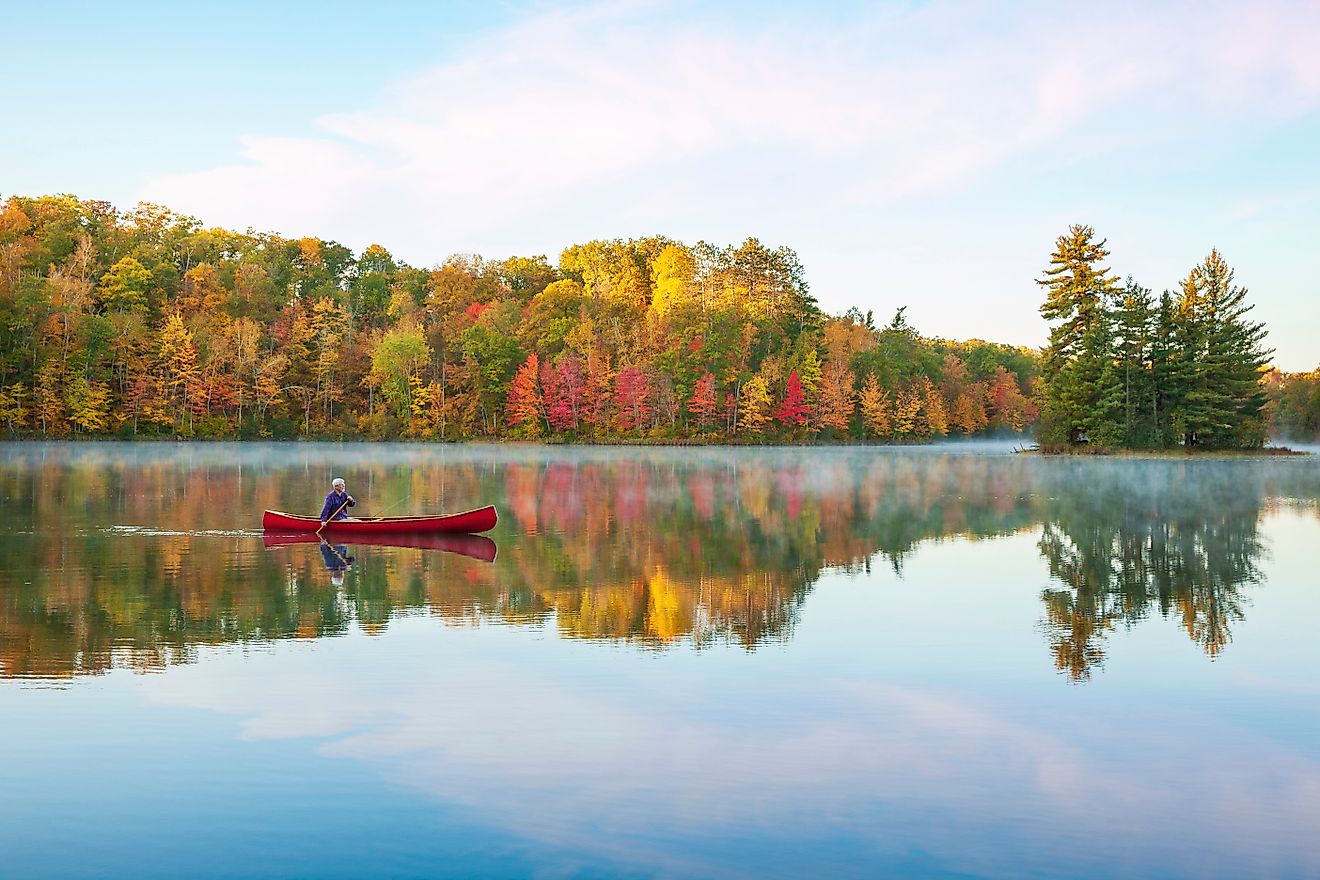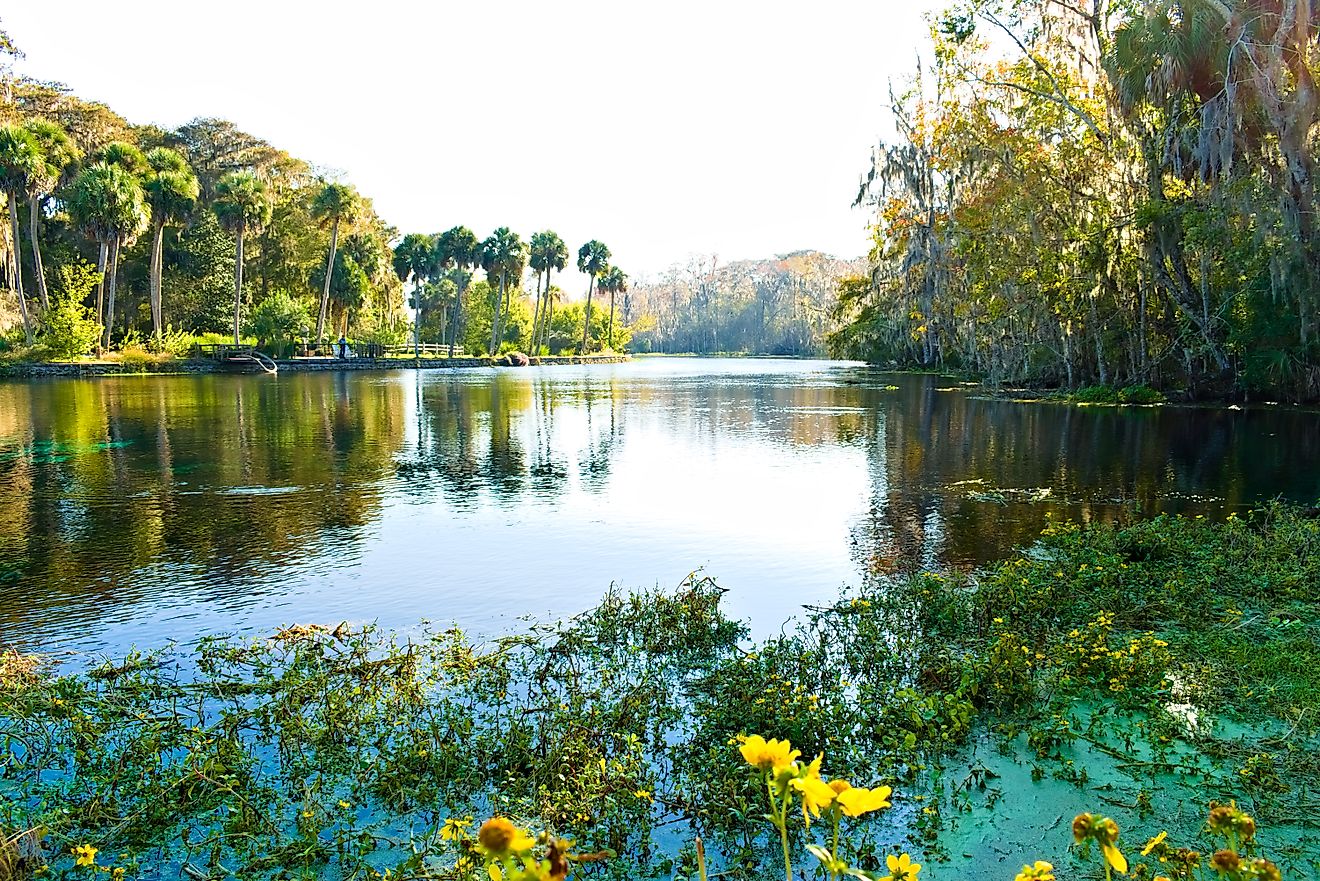
Kodiak Island: The Largest Island in Alaska
Kodiak Island is a realm of towering mountains, wild coastlines, and legendary wildlife, making it one of the most remarkable destinations in Alaska. Located 30 miles off the southern coast of the mainland, it lies across the Shelikof Strait from the Alaska Peninsula and sprawls across 3,588 square miles, earning its title as the largest island in Alaska and the second largest in the United States after Hawaii’s Big Island. With rugged terrain, rich history, and deep-rooted indigenous culture, Kodiak offers a layered narrative shaped by nature and time.
A Rugged Land of Peaks and Tundra

Kodiak Island stretches about 100 miles long and ranges from 10 to 60 miles wide. Together with neighboring islands like Afognak and Shuyak, it forms an archipelago that continues the Kenai Mountain range offshore into the Gulf of Alaska. Most of the island is mountainous and rises to elevations over 5,000 feet near the eastern coast. These uplands are blanketed in dense forest, fed by the warm, moist Kuroshio current that sweeps north from the Pacific Ocean.
Glacial activity shaped much of the landscape. Valleys and lower elevations are strewn with gravel and sand from ancient glaciers. Interestingly, the southwestern part of the island escaped glaciation and is primarily tundra. This unglaciated area supports a distinct ecosystem with vegetation different from the rest of the island.
Sanctuary for the Giants: Kodiak National Wildlife Refuge
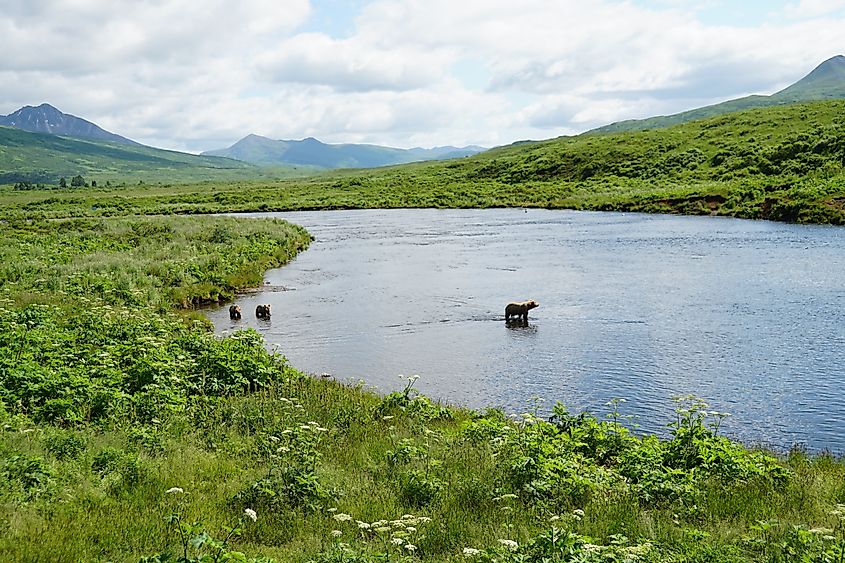
About two-thirds of the island is protected under the Kodiak National Wildlife Refuge, established in 1941. This vast refuge encompasses 1.9 million acres and shelters the famous Kodiak brown bear, the largest subspecies of grizzly bear. Approximately 3,000 of these massive bears roam the refuge. Other wildlife includes:
-
Red foxes
-
Black-tailed deer
-
Elk
-
More than 200 species of birds, including bald eagles
The refuge is one of the top places in the world to observe brown bears in their natural habitat, particularly during salmon spawning season when bears gather in streams to fish.
People of the Island: Alutiiq Heritage and History
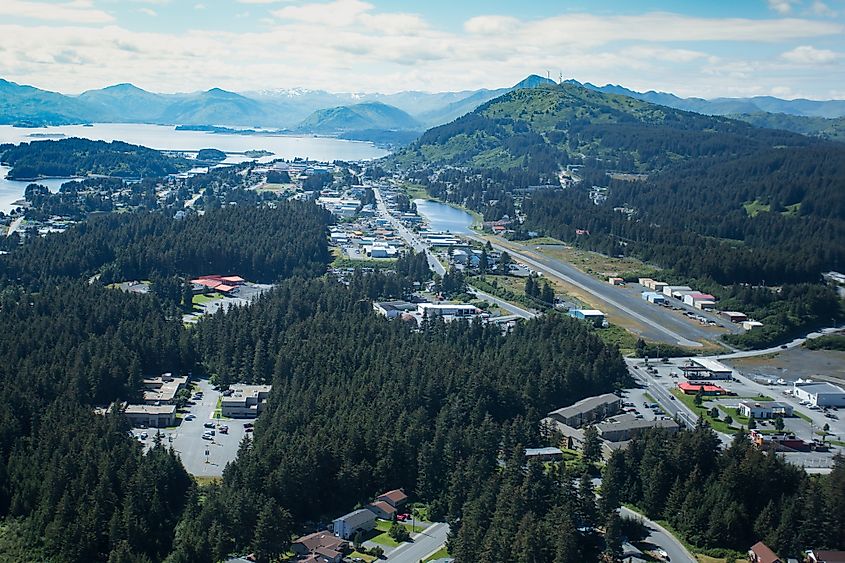
Kodiak Island has been home to the Alutiiq people, also known as Sugpiat or Aleuts, for over 7,500 years. Before European contact, the population had grown to about 6,500. These native inhabitants relied on fishing, hunting, and gathering, adapting to the island's challenging environment through intricate cultural practices.
Many Alutiiq communities continue to live on Kodiak today, maintaining a vibrant cultural identity. Their traditions are preserved and shared at the Alutiiq Museum in Kodiak city, where artifacts, language programs, and exhibits highlight centuries of resilience and adaptation.
From Fur Traders to Tsars: Russian Arrival and Colonization
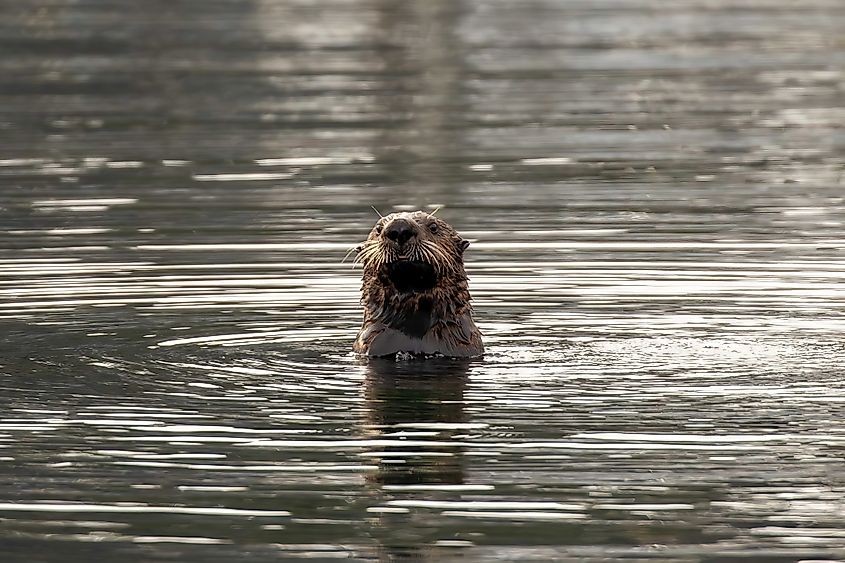
Kodiak entered the pages of written history when Russian fur trader Stephan Glotov visited the island in 1763. The region's wealth in sea otters and other furs drew more Russian explorers and traders. Grigory Shelekhov established the first European settlement on the island in 1784 at Three Saints Bay.
This settlement became a hub for the Russian-American Company's operations, turning Kodiak into the administrative center of Russian America for a time. Sea otter pelts were especially valuable, though overhunting eventually led to their decline. Russia ceded Alaska to the United States in 1867, ending nearly a century of colonial rule.
Farming, Fishing, and Fallout: The 20th Century Transformation

In the early 1900s, the US Department of Agriculture attempted to promote livestock farming on the island. However, the eruption of Novarupta Volcano in 1912 disrupted these efforts. The eruption blanketed Kodiak in 18 inches of volcanic ash, temporarily stalling agricultural and commercial fishing activities. Paradoxically, the ash later enriched the soil and promoted lush plant growth.
By the early 20th century, Norwegians and other immigrants were drawn to Kodiak's abundant fisheries. Crab, halibut, cod, and herring became the foundation of a robust fishing industry that remains central to Kodiak’s economy today. The island’s deeply indented coastline offers many natural harbors that support both local fleets and processing operations.
Earth Shakes and Seas Rise: The 1964 Good Friday Earthquake
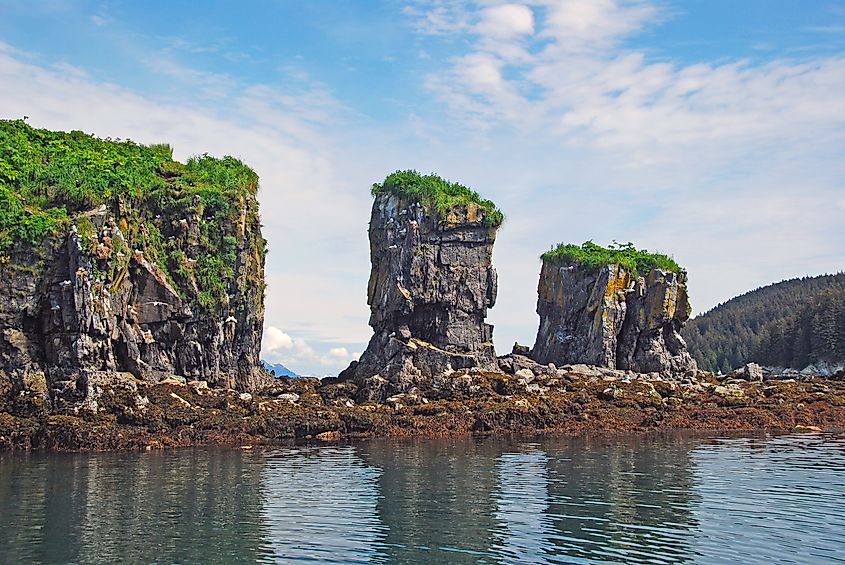
On March 27, 1964, Kodiak experienced one of the most powerful earthquakes ever recorded in North America. The quake raised some parts of the island by as much as 30 feet and lowered others by 5 to 6 feet. These dramatic shifts in elevation, combined with devastating tsunamis, caused widespread damage to coastal communities.
Despite the destruction, Kodiak recovered and continued to develop. The resilience of its communities is a testament to the island's deep connection with its environment and its ability to adapt in the face of natural adversity.
Environmental Disaster: Exxon Valdez Oil Spill
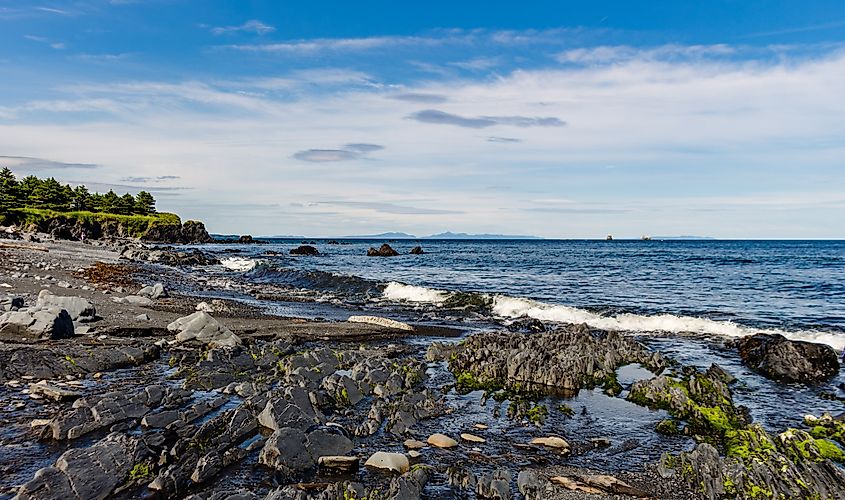
In 1989, the Exxon Valdez oil spill in Prince William Sound had far-reaching consequences for Kodiak. Although the spill occurred northeast of the island, oil washed up on its shores, affecting local fisheries and marine life. Cleanup efforts took years, and while the environment has largely recovered, the disaster left a lasting mark on the island’s ecological and economic outlook.
A Modern Hub in the Alaskan Frontier

Today, Kodiak is known for more than just its wildlife and wilderness. It is also home to:
-
A major satellite launch center (opened in 1998), one of the only nonfederal spaceports in the US.
-
A strong fishing and seafood processing industry
-
Sheep and cattle ranching, though on a smaller scale than in past decades
-
Fort Abercrombie State Historical Park, a preserved World War II-era naval base used during the Aleutian campaign
Kodiak city, the island’s largest community, serves as the economic and cultural center. It supports schools, a hospital, museums, and a bustling harbor.
Wild Adventures and Remote Retreats
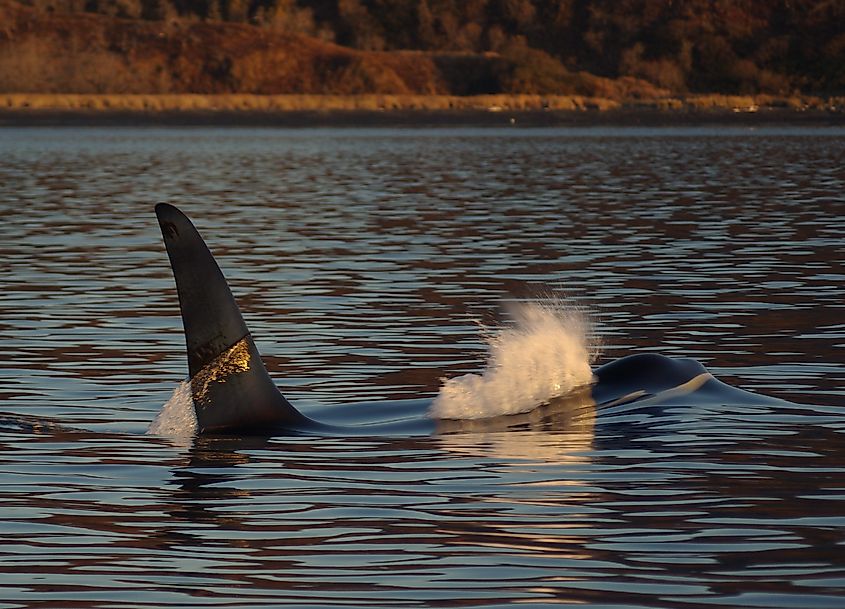
Tourism on Kodiak Island continues to grow, driven by interest in:
-
Bear viewing and photography
-
Sport fishing and hunting
-
Hiking and wilderness camping
-
Kayaking through fjords and bays
-
Learning about Alutiiq heritage
Travelers often arrive by ferry or small plane. Accommodations range from cozy bed and breakfasts to remote wilderness lodges. Summer is the most popular season, with long daylight hours and relatively mild temperatures.
Alaska’s Hidden Giant
Kodiak Island is a microcosm of Alaska’s natural grandeur and cultural richness. From its glacier-carved landscapes to its resilient human communities, the island tells a story of survival, adaptation, and beauty. Whether you are drawn by the roar of a Kodiak bear or the pull of its complex history, Kodiak delivers a uniquely Alaskan experience on a truly grand scale.
